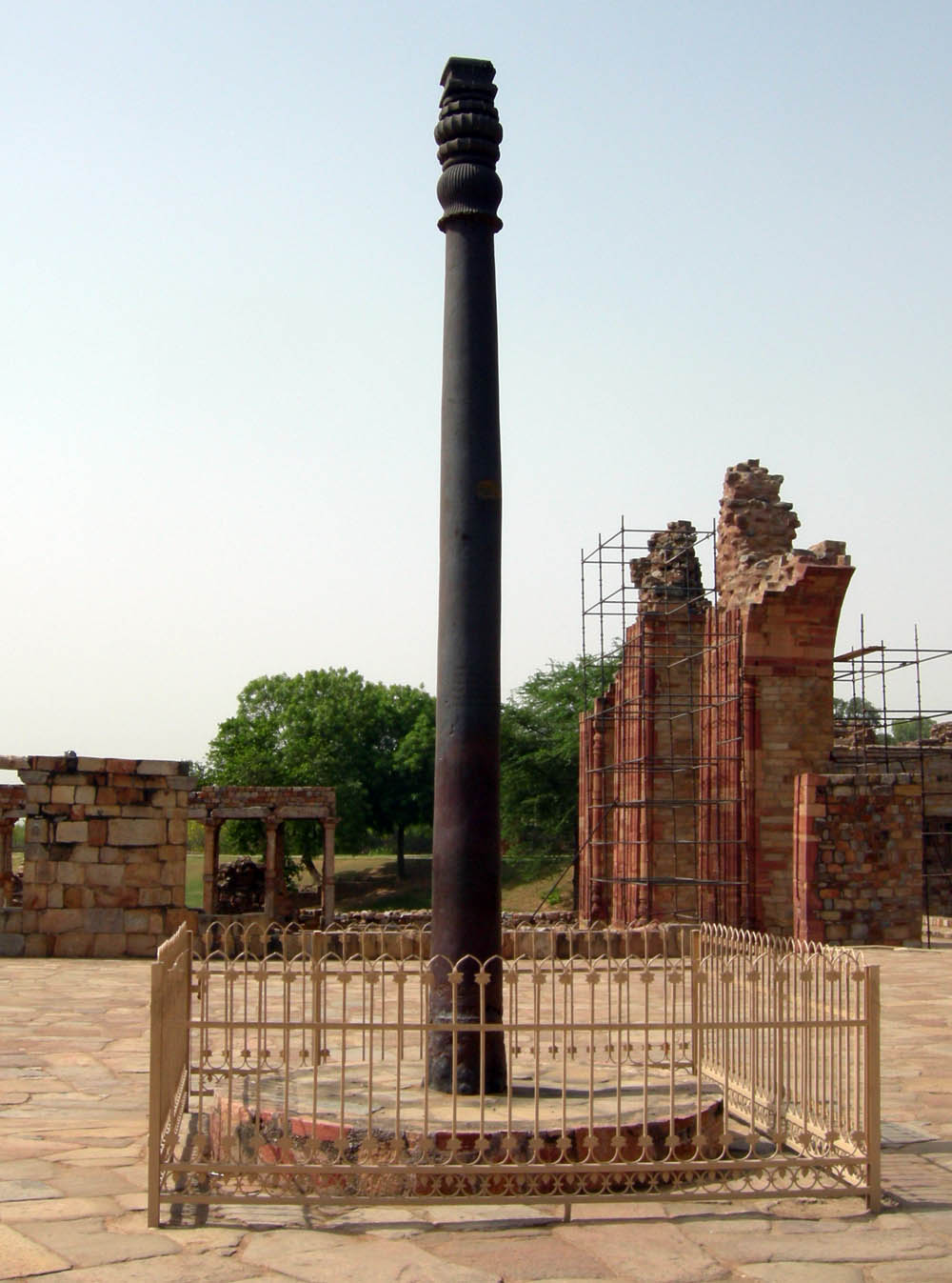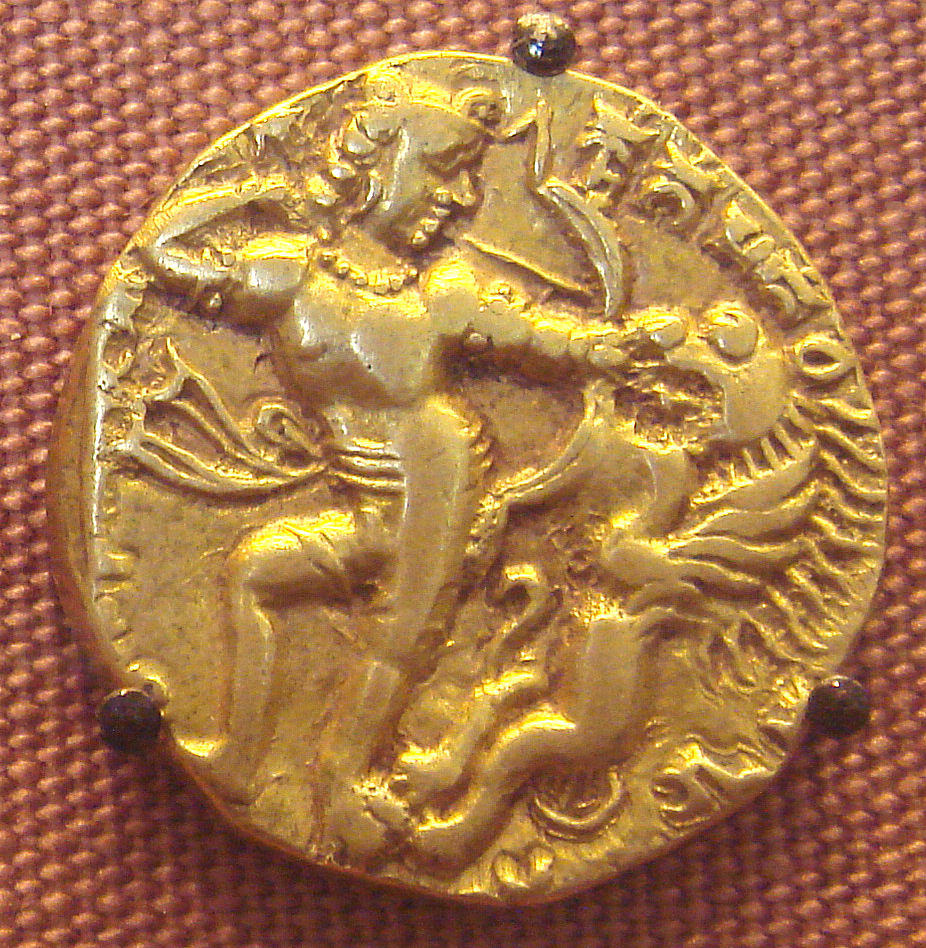The key feature of any empire or territorial ruling is their military expedition, political and administration mechanism, and economy of reign. Gupta’s ruling is used to term as the Golden Era of Indian history. In this section, we will learn about a few aspects of Gupta’s economy.
Agriculture: Key Constituents of Gupta’s Economy
Agriculture constituted the main resources of Gupta’s economy and the major part of the revenue of the state came from agriculture. It is argued by many scholars that the state was the exclusive owner of the land. The most decisive argument in favor of the exclusive state ownership of land is in the Paharpur copper plate inscription of Buddhagupta. It appears that though the land was to all intents and purposes that of the peasants, the king claimed its theoretical ownership.
Various types of land are mentioned in the inscriptions; land under cultivation was usually called Kshetra, Khila was the uncultivable land, Aprahata was the jungle or forest land, Gopata Sarah was the pasture land and Vasti was the habitable land.
Different land measures were known in different regions such as Nivartana, Kulyavapa, and Dronavapa. The importance of irrigation to help agriculture was recognized in India from the earliest times. Another irrigation method was the use of ghati-yantra or araghatta.
Land Grants
The sources of the Gupta period suggest that certain important changes were taking place in the agrarian society. Feudal development surfaced under the Guptas with the grant of fiscal and administrative concessions to priests and administrators. Started in the Deccan by the Satavahanas, the practice became a regular affair in Gupta times.
Religious functionaries were granted land, free of tax, forever, and they were authorized to collect from the peasants all the taxes which could have otherwise gone to the emperor. Religious grants were of two types: Agrahara grants were meant for the Brahmanas which meant to be perpetual, hereditary, and tax-free, accompanied with the assignment of all land revenue.
The Devagrahara grants were made to secular parties such as writers and merchants, for repair and worship of temples. The secular grants were made to secular parties and are evident from a grant made by the Uccakalpa dynasty. According to it, two villages were bestowed as a mark of favor, in perpetuity with fiscal and administrative rights upon a person called Pulindabhatta. Epigraphic evidence of land grants made to officers for the administrative and military services is lacking, though such grants cannot be ruled out. In fact, certain designations of administrative officers such as bhagika and bhogapalika suggest that some of the state officials may have been remunerated by land grants.
Position of Peasantry

The land grants paved the way for feudal development in India. Several inscriptions refer to the emergence of serfdom, which meant that the peasants were attached to their land even when it was given away. Thus in certain parts of the country, the position of independent peasants was undermined, and they were reduced to serfs or semi-serfs.
They were often authorized to enjoy the land, to get it enjoyed, to cultivate it, or get it cultivated. The donated land could thus be assigned to tenants on certain terms. This also implied the donee’s right to evict the tenants from their land. The practice of subinfeudation therefore reduced the permanent tenants to the position of ten- ants-at-will. The position of peasants was also undermined from the Gupta period onwards on account of the imposition of forced labor (Vishti) and several new levies and taxes.
Crafts Production and Industry
Craft production covered a wide range of items. Texts like Amarakosha of Amarasimha and Brihat Samhita which are generally dated to this period, list many items, give their Sanskrit names, and also mention different categories of craftsmen who manufactured them.
Many important sites like Taxila, Ahichchhatra, Mathura, Rajghat, Kausambi, and Pataliputra have yielded many craft products like earthenwares, terracottas, beads made of different stones, objects of glass, items made of metals, etc.
Different varieties of silk, cloth, called Kshauma and Pattavastra are mentioned in the text of this period. An inscription of the fifth century from Mandasor in western Malwa refers to a guild of silk weavers who had migrated from south Gujarat and settled in the Malwa region. Among the various industries that flourished in the Gupta period, mining and metallurgy certainly occupied the top position.
The Amarakosha gives a comprehensive list of metals. Of all the metals, iron was the most useful, and blacksmiths were only next to the peasants in the rural community. The most eloquent evidence of the high stage of development that metallurgy had attained in the Gupta period is the Mehrauli iron pillar of King Chandra, usually identified as Chandragupta II.
Contemporary literature also testifies to the wide use of jewelry by the people of the time. Significant development of the period in metal technology was the manufacture of seals and statues, particularly of the Buddha. Ivory work remained at a premium, as did the stone cutting and carving, sculpture being very much in favor at this time. The cutting, polishing, and preparing a variety of precious stones – jasper, agate, carnelian, quartz, lapis – lazuli, etc., were also associated with foreign trade.

The pottery remained a basic part of industrial production, though the elegant black – polished ware was no longer used, instead, an ordinary red ware with a brownish slip was produced in large quantities, some of it being made to look more opulent by the addition of mica in the clay which gave the vessels a metallic finish.
Trade and Commerce
There was not much material change in the trade routes, commercial organization, currency systems, trade practices, etc. during the period. Like the previous phase, we have reference to two types of merchants in the Gupta period, namely Sresthi who was usually settled at a particular place and enjoyed an eminent position, and the Sarthavaha who was a caravan trader. The articles of internal trade included all sorts of commodities for everyday use, chiefly sold in villages and town markets.
On the other hand, luxury goods formed the principal articles of long-distance trade. Narada and Brihaspati laid down many regulations to govern the trade practices of the time. Compared to the earlier period, there was a decline in long-distance trade. Silk and spices were the chief Indian export articles of Indo-Roman trade. But by the middle of the sixth-century silkworms were secretly brought overland from China and introduced into the Byzantine Empire. This produced an adverse effect on India’s trade with the west.
Later, the expansion of the Arabs under the banner of Islam may have further disrupted India’s trade. Indian merchants meanwhile had begun to rely more heavily on the South-East Asian trade. The establishment of Indian trading stations in various parts of South-east Asia meant the diversion of income to this region. The commercial prosperity of the Gupta era was the concluding phase of the economic momentum which began in the preceding period.
Guilds, (nigama, sreni) continued as the major institution in the manufacture of goods and commercial enterprises. They remained almost autonomous in their internal organization, the government respecting their laws which were generally drafted by a larger body, the corporation of guilds, of which each guild was a member.
Each guild had a president called Prathama or Pravara. Some of the industrial guilds, such as the silk weaver’s guilds had their own separate corporation which was responsible for large-scale projects, such as endowments for building a temple, etc.
The Buddhist church or Sangha was by now rich enough to participate in commercial activities. The rate of interest on loans varied according to the purpose for which money was required. The high rates demanded during the Mauryan period on loans to be used for overseas trade were no longer demanded, indicating increased confidence in overseas trade. The average rate was now twenty percent per annum as against two hundred and forty of the earlier period. The lowering of the rate of interest also indicates the greater availability of goods and the consequent decrease in rates of profit.

The commercial decline is indicated by the paucity of coins of common use. The Guptas issued the largest number of gold coins (dinars) in ancient India, but these hardly flowed into day-to-day private economic relations. Copper and silver coins of the period are few. Fa-Hien tells us that cowries became the common medium of exchange.
It is, therefore argued that the economy in the Gupta period was largely based on self-sufficient units of production in villages and towns and that the money economy was gradually becoming weaker at this time.

